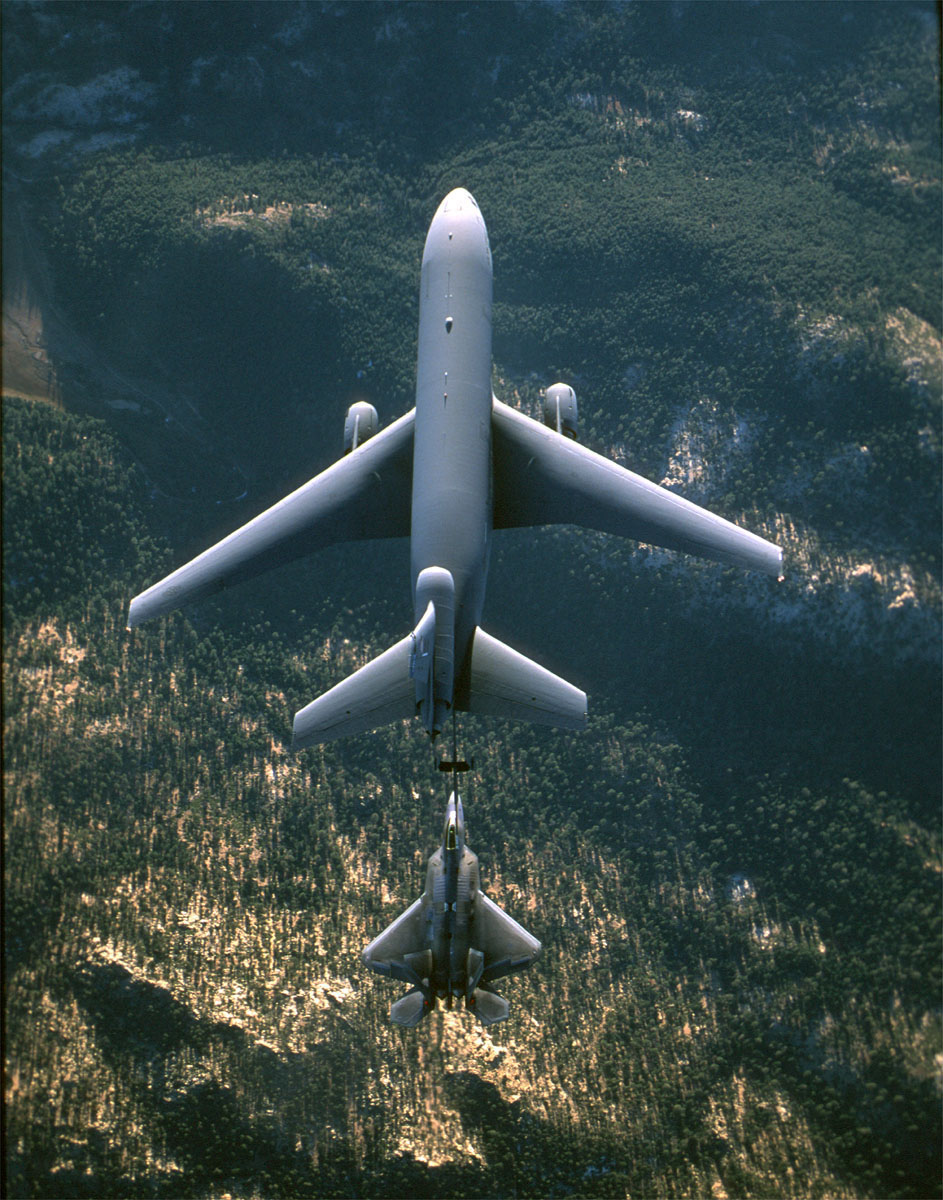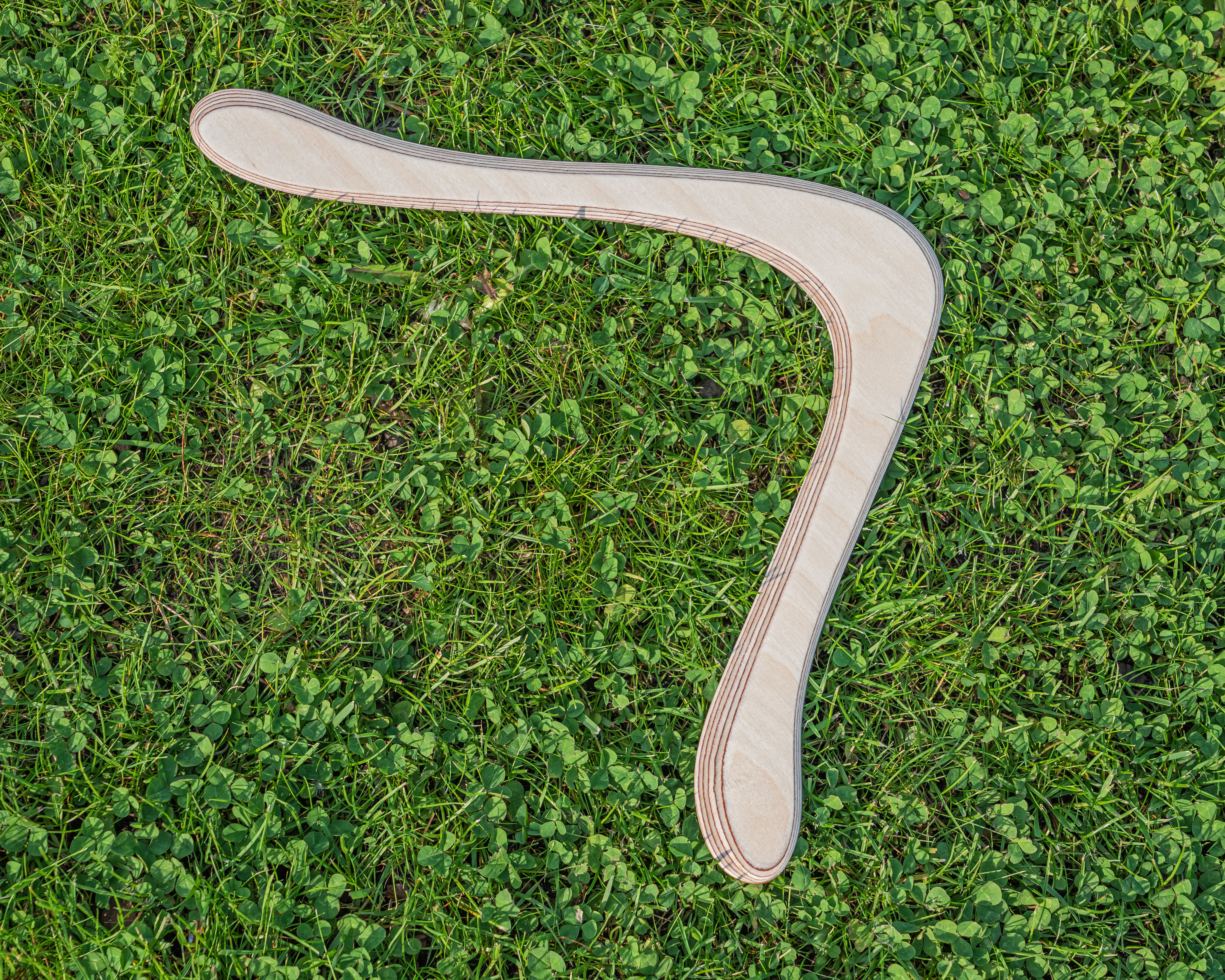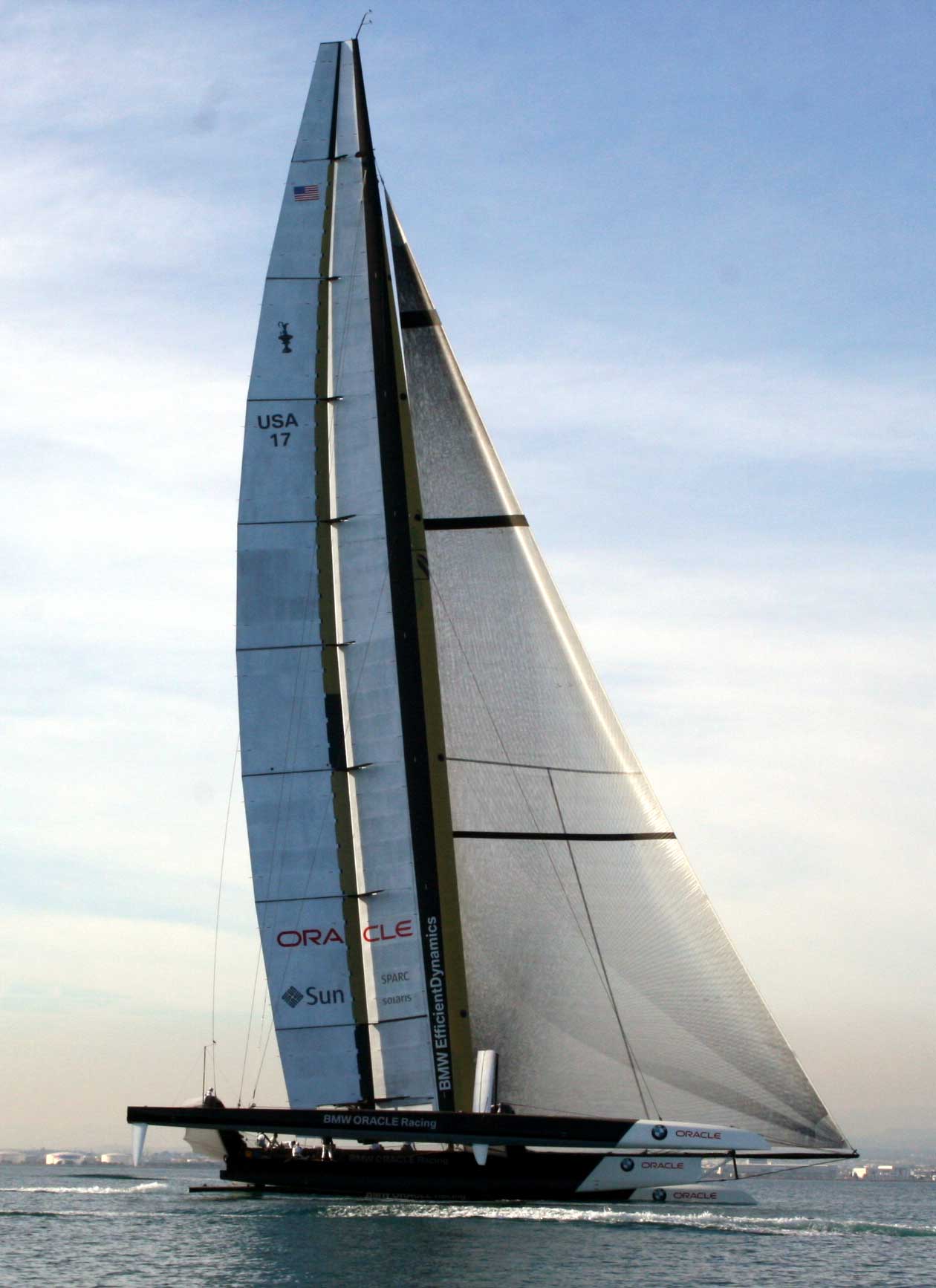|
Wing
A wing is a type of fin that produces lift while moving through air or some other fluid. Accordingly, wings have streamlined cross-sections that are subject to aerodynamic forces and act as airfoils. A wing's aerodynamic efficiency is expressed as its lift-to-drag ratio. The lift a wing generates at a given speed and angle of attack can be one to two orders of magnitude greater than the total drag on the wing. A high lift-to-drag ratio requires a significantly smaller thrust to propel the wings through the air at sufficient lift. Lifting structures used in water include various foils, such as hydrofoils. Hydrodynamics is the governing science, rather than aerodynamics. Applications of underwater foils occur in hydroplanes, sailboats and submarines. Etymology and usage For many centuries, the word "wing", from the Old Norse ''vængr'', referred mainly to the foremost limbs of birds (in addition to the architectural aisle). But in recent centuries the word's meaning has ... [...More Info...] [...Related Items...] OR: [Wikipedia] [Google] [Baidu] |
Insect Wing
Insect wings are adult outgrowths of the insect exoskeleton that enable insects to fly. They are found on the second and third thoracic segments (the mesothorax and metathorax), and the two pairs are often referred to as the forewings and hindwings, respectively, though a few insects lack hindwings, even rudiments. The wings are strengthened by a number of longitudinal veins, which often have cross-connections that form closed "cells" in the membrane (extreme examples include the dragonflies and lacewings). The patterns resulting from the fusion and cross-connection of the wing veins are often diagnostic for different evolutionary lineages and can be used for identification to the family or even genus level in many orders of insects. Physically, some insects move their flight muscles directly, others indirectly. In insects with direct flight, the wing muscles directly attach to the wing base, so that a small downward movement of the wing base lifts the wing itself upward. Those i ... [...More Info...] [...Related Items...] OR: [Wikipedia] [Google] [Baidu] |
Lift (force)
A fluid flowing around an object exerts a force on it. Lift is the component of this force that is perpendicular to the oncoming flow direction. It contrasts with the drag force, which is the component of the force parallel to the flow direction. Lift conventionally acts in an upward direction in order to counter the force of gravity, but it can act in any direction at right angles to the flow. If the surrounding fluid is air, the force is called an aerodynamic force. In water or any other liquid, it is called a hydrodynamic force. Dynamic lift is distinguished from other kinds of lift in fluids. Aerostatic lift or buoyancy, in which an internal fluid is lighter than the surrounding fluid, does not require movement and is used by balloons, blimps, dirigibles, boats, and submarines. Planing lift, in which only the lower portion of the body is immersed in a liquid flow, is used by motorboats, surfboards, windsurfers, sailboats, and water-skis. Overview A fluid flowing arou ... [...More Info...] [...Related Items...] OR: [Wikipedia] [Google] [Baidu] |
Pterosaur
Pterosaurs (; from Greek ''pteron'' and ''sauros'', meaning "wing lizard") is an extinct clade of flying reptiles in the order, Pterosauria. They existed during most of the Mesozoic: from the Late Triassic to the end of the Cretaceous (228 to 66 million years ago). Pterosaurs are the earliest vertebrates known to have evolved powered flight. Their wings were formed by a membrane of skin, muscle, and other tissues stretching from the ankles to a dramatically lengthened fourth finger. There were two major types of pterosaurs. Basal pterosaurs (also called 'non-pterodactyloid pterosaurs' or 'rhamphorhynchoids') were smaller animals with fully toothed jaws and, typically, long tails. Their wide wing membranes probably included and connected the hind legs. On the ground, they would have had an awkward sprawling posture, but the anatomy of their joints and strong claws would have made them effective climbers, and some may have even lived in trees. Basal pterosaurs were insectiv ... [...More Info...] [...Related Items...] OR: [Wikipedia] [Google] [Baidu] |
Wing
A wing is a type of fin that produces lift while moving through air or some other fluid. Accordingly, wings have streamlined cross-sections that are subject to aerodynamic forces and act as airfoils. A wing's aerodynamic efficiency is expressed as its lift-to-drag ratio. The lift a wing generates at a given speed and angle of attack can be one to two orders of magnitude greater than the total drag on the wing. A high lift-to-drag ratio requires a significantly smaller thrust to propel the wings through the air at sufficient lift. Lifting structures used in water include various foils, such as hydrofoils. Hydrodynamics is the governing science, rather than aerodynamics. Applications of underwater foils occur in hydroplanes, sailboats and submarines. Etymology and usage For many centuries, the word "wing", from the Old Norse ''vængr'', referred mainly to the foremost limbs of birds (in addition to the architectural aisle). But in recent centuries the word's meaning has ... [...More Info...] [...Related Items...] OR: [Wikipedia] [Google] [Baidu] |
Aircraft Flaps
An aircraft is a vehicle that is able to fly by gaining support from the air. It counters the force of gravity by using either static lift or by using the dynamic lift of an airfoil, or in a few cases the downward thrust from jet engines. Common examples of aircraft include airplanes, helicopters, airships (including blimps), gliders, paramotors, and hot air balloons. The human activity that surrounds aircraft is called ''aviation''. The science of aviation, including designing and building aircraft, is called ''aeronautics.'' Crewed aircraft are flown by an onboard pilot, but unmanned aerial vehicles may be remotely controlled or self-controlled by onboard computers. Aircraft may be classified by different criteria, such as lift type, aircraft propulsion, usage and others. History Flying model craft and stories of manned flight go back many centuries; however, the first manned ascent — and safe descent — in modern times took place by larger hot-air ball ... [...More Info...] [...Related Items...] OR: [Wikipedia] [Google] [Baidu] |
Aircraft
An aircraft is a vehicle that is able to fly by gaining support from the air. It counters the force of gravity by using either static lift or by using the dynamic lift of an airfoil, or in a few cases the downward thrust from jet engines. Common examples of aircraft include airplanes, helicopters, airships (including blimps), gliders, paramotors, and hot air balloons. The human activity that surrounds aircraft is called ''aviation''. The science of aviation, including designing and building aircraft, is called '' aeronautics.'' Crewed aircraft are flown by an onboard pilot, but unmanned aerial vehicles may be remotely controlled or self-controlled by onboard computers. Aircraft may be classified by different criteria, such as lift type, aircraft propulsion, usage and others. History Flying model craft and stories of manned flight go back many centuries; however, the first manned ascent — and safe descent — in modern times took place by larger hot-air ... [...More Info...] [...Related Items...] OR: [Wikipedia] [Google] [Baidu] |
Bird
Birds are a group of warm-blooded vertebrates constituting the class Aves (), characterised by feathers, toothless beaked jaws, the laying of hard-shelled eggs, a high metabolic rate, a four-chambered heart, and a strong yet lightweight skeleton. Birds live worldwide and range in size from the bee hummingbird to the ostrich. There are about ten thousand living species, more than half of which are passerine, or "perching" birds. Birds have whose development varies according to species; the only known groups without wings are the extinct moa and elephant birds. Wings, which are modified forelimbs, gave birds the ability to fly, although further evolution has led to the loss of flight in some birds, including ratites, penguins, and diverse endemic island species. The digestive and respiratory systems of birds are also uniquely adapted for flight. Some bird species of aquatic environments, particularly seabirds and some waterbirds, have further evolved for swimming. B ... [...More Info...] [...Related Items...] OR: [Wikipedia] [Google] [Baidu] |
Downforce
Downforce is a downwards lift force created by the aerodynamic features of a vehicle. If the vehicle is a car, the purpose of downforce is to allow the car to travel faster by increasing the vertical force on the tires, thus creating more grip. If the vehicle is a fixed-wing aircraft, the purpose of the downforce on the horizontal stabilizer is to maintain longitudinal stability and allow the pilot to control the aircraft in pitch. Fundamental principles The same principle that allows an airplane to rise off the ground by creating lift from its wings is used in reverse to apply force that presses the race car against the surface of the track. This effect is referred to as "aerodynamic grip" and is distinguished from "mechanical grip", which is a function of the car's mass, tires, and suspension. The creation of downforce by passive devices can be achieved only at the cost of increased aerodynamic drag (or friction), and the optimum setup is almost always a compromise between ... [...More Info...] [...Related Items...] OR: [Wikipedia] [Google] [Baidu] |
Boomerangs
A boomerang () is a thrown tool, typically constructed with aerofoil sections and designed to spin about an axis perpendicular to the direction of its flight. A returning boomerang is designed to return to the thrower, while a non-returning boomerang is designed as a weapon to be thrown straight and is traditionally used by some Aboriginal Australians for hunting. Historically, boomerangs have been used for hunting, sport, and entertainment and are made in various shapes and sizes to suit different purposes. Although considered an Australian icon, ancient boomerangs have also been discovered in Africa, the Americas, and Eurasia. Description A boomerang is a throwing stick with aerodynamic properties, traditionally made of wood, but also of bone, horn, tusks and even iron. Modern boomerangs used for sport may be made from plywood or plastics such as ABS, polypropylene, phenolic paper, or carbon fibre-reinforced plastics. Boomerangs come in many shapes and sizes dependin ... [...More Info...] [...Related Items...] OR: [Wikipedia] [Google] [Baidu] |
Airfoil
An airfoil (American English) or aerofoil (British English) is the cross-sectional shape of an object whose motion through a gas is capable of generating significant lift, such as a wing, a sail, or the blades of propeller, rotor, or turbine. A solid body moving through a fluid produces an aerodynamic force. The component of this force perpendicular to the relative freestream velocity is called lift. The component parallel to the relative freestream velocity is called drag. An airfoil is a streamlined shape that is capable of generating significantly more lift than drag. Airfoils can be designed for use at different speeds by modifying their geometry: those for subsonic flight generally have a rounded leading edge, while those designed for supersonic flight tend to be slimmer with a sharp leading edge. All have a sharp trailing edge. Foils of similar function designed with water as the working fluid are called hydrofoils. The lift on an airfoil is primarily the result o ... [...More Info...] [...Related Items...] OR: [Wikipedia] [Google] [Baidu] |
Wingsail
A wingsail, twin-skin sail or double skin sail is a variable-camber aerodynamic structure that is fitted to a marine vessel in place of conventional sails. Wingsails are analogous to airplane wings, except that they are designed to provide lift on either side to accommodate being on either tack. Whereas wings adjust camber with flaps, wingsails adjust camber with a flexible or jointed structure (for hard wingsails). Wingsails are typically mounted on an unstayed spar—often made of carbon fiber for lightness and strength. The geometry of wingsails provides more lift, and a better lift-to-drag ratio, than traditional sails. Wingsails are more complex and expensive than conventional sails. Introduction Wingsails are of two basic constructions that create an airfoil, "soft" and "hard", both mounted on an unstayed rotating mast. Whereas hard wingsails are rigid structures that are stowed only upon removal from the boat, soft wingsails can be furled or stowed on board. L. Fra ... [...More Info...] [...Related Items...] OR: [Wikipedia] [Google] [Baidu] |
Glossary Of Motorsport Terms
The following is a glossary of terminology used in motorsport, along with explanations of their meanings. 0–9 ;1–2 finish: When two vehicles from the same team finish first and second in a race. Can be extended to 1–2–3 or 1–2–3–4, etc. depending on a combination of racing series and team size. ; 107% rule: Often used in Formula One or other racing series, it is a rule where the driver must qualify the car within 107% of the polesitter's time to be allowed to compete. Variations of this may be used to monitor drivers and warn them to reach the required pace or be parked (disqualified). Similarly, the IndyCar Series uses a 105% rule, and NASCAR has a 115% rule, mainly for performance on track, though IndyCar and NASCAR often adjust the threshold for tracks with very abrasive surfaces (such as Atlanta Motor Speedway) where lap times can be considerably faster with less worn tires. ;200 MPH Club: A lifetime "membership" awarded by the SCTA or another sanctio ... [...More Info...] [...Related Items...] OR: [Wikipedia] [Google] [Baidu] |




_Helicopter_in_SPB.jpg)
.jpg)


